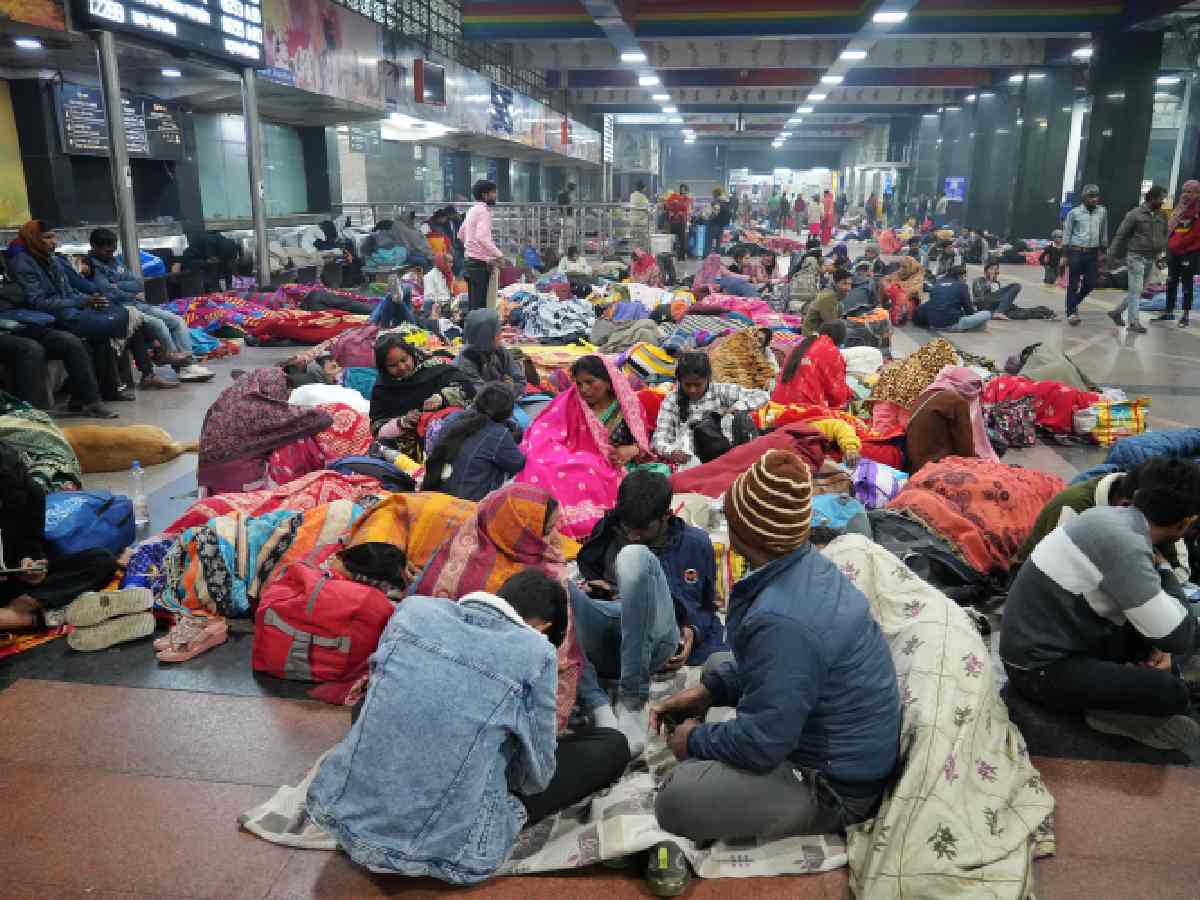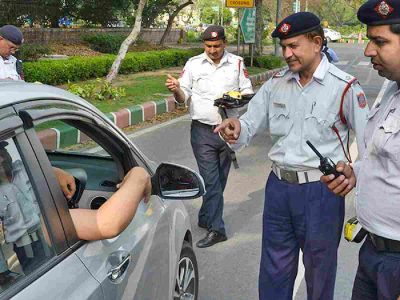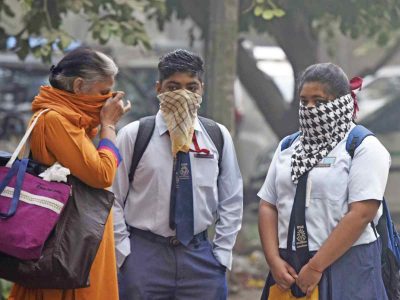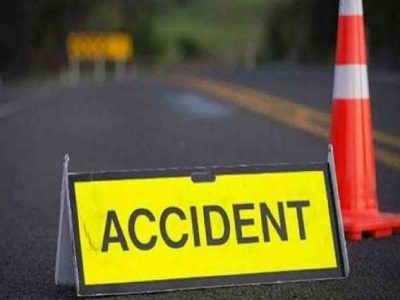Snarls of mismanagement and insufficient police deployment have been identified as the primary causes of the stampede at New Delhi Railway Station.
As the chaos unfolded, passengers were left in confusion, struggling to comprehend the situation. With each passing moment, disorder escalated, revealing a stark lack of coordination between the administration and security personnel.
By the end of the avoidable disaster, it was evident that multiple factors contributed to the tragedy. The lack of police deployment, confusing and repeated announcements, and the unchecked sale of general tickets played a significant role in the catastrophe.
The stampede, which lasted just over 15 minutes, resulted in the deaths of 18 people, according to the latest official estimate.
Early signs of chaos ignored
In the hours leading up to the stampede, early signs of chaos were evident. While Indian Railways faces criticism for mismanagement, another key factor contributing to the disaster was the unusually high number of general tickets sold—an alarming indication that officials may have overlooked warning signs.
According to official estimates, the Unreserved Ticketing System (UTS) sold 9,600 general tickets on the day of the incident—2,600 more than the daily average of 7,000. This surge occurred just two hours before the stampede.
A railway official acknowledged that crowd management could have been handled more effectively. “In total, approximately 54,000 general class tickets were booked at New Delhi Railway Station on February 15. However, this number was still lower than figures recorded on February 8 and January 29 (Mauni Amavasya), when 54,600 and 58,000 general tickets were issued, respectively. Considering no incident occurred then, this disaster could have been avoided,” the official said, requesting anonymity.
To prevent future tragedies, railway officials have suggested placing a formal cap on the number of general, or unreserved, tickets issued. “Currently, there is no formal limit on the number of general tickets sold inside a railway station for a particular train. Had such a system been in place, the situation could have been managed better,” the official admitted.
Overcrowding worsened by Mahakumbh rush
The Mahakumbh surge had also led one official to admit that the actual number of passengers may have been higher than recorded. “The UTS provides ticket sales data, but the actual number may have been higher. With soaring crowds, even the TTE finds it difficult to check tickets efficiently. During periods of extreme congestion, the priority shifts to avoiding bottlenecks, which results in less stringent ticket checking,” he said.
Presently, until the situation is under control, authorities have halted the sale of platform tickets at New Delhi Railway Station. Authorities are also considering establishing “permanent holding areas” at the station as a precautionary measure to prevent future incidents.
Confusing announcements added to the chaos
According to Railway Protection Force (RPF) personnel, inconsistent and last-minute platform announcements exacerbated the situation. “Announcements were made haphazardly as the train schedule kept changing abruptly. Initially, passengers were directed to platform 8, but subsequent announcements shifted the train’s arrival to platforms 14, 15, and 16. These announcements, made less than half an hour before departure, only worsened the confusion,” an RPF officer stated on condition of anonymity.
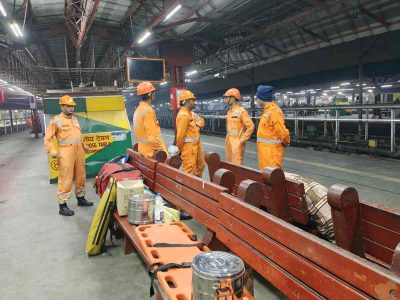
The officer further expressed frustration over the blame placed on security personnel. “We tried to manage the situation, yet both the administration and passengers are holding us responsible. The administration should have anticipated such a scenario, particularly with the Mahakumbh taking place after 144 years,” he added.
Conflicting reports on the cause of the stampede
The stampede allegedly erupted following an announcement regarding the Prayagraj Express’s platform change. Witnesses claim that three conflicting announcements triggered panic among passengers. However, Himanshu Upadhyay, Chief Public Relations Officer (CPRO) of Northern Railway, provided a different account, asserting that the chaos ensued when passengers descending from the foot-over bridge towards platforms 14 and 15 slipped and collided with others.
Among the victims, nine were from Bihar, eight from Delhi, and one from Haryana.
Upadhyay further clarified that no trains were cancelled, nor were there any platform changes at the time. According to him, the Patna-bound Magadh Express was at platform 14, while the New Delhi-Jammu Uttar Sampark Kranti Express was stationed at platform 15.
Security personnel stretched thin
Another RPF personnel, speaking anonymously, emphasised that the lack of police presence and poor crowd management worsened the crisis. “Passengers were scattered everywhere, and many resorted to using railway tracks to switch platforms. The situation was extremely difficult to control. We did our best, but our deployment was significantly lower than usual,” he highlighted.
He also revealed that a substantial portion of the police force had been redirected to Prayagraj. “The administration should have foreseen the surge in passengers. Even under normal circumstances, New Delhi Railway Station handles heavy footfall. Before the Mahakumbh, our deployment was double of what it is now. Despite knowing that Saturdays see even higher passenger traffic, they failed to allocate adequate personnel,” he added.
Also Read: New Delhi Station stampede: How Maha Kumbh-bound pilgrims lost their lives
Numerous passengers reported that no police personnel were present at the affected platforms when the stampede occurred. In response, as of February 16, security deployment has been doubled, with RPF, GRP, and Delhi Police personnel stationed at platforms 14 to 16, entry gates, and foot-over bridges.
Administration’s last-ditch efforts
Acknowledging overcrowding as the primary factor, Deputy Commissioner of Police (Railways) KPS Malhotra stated that the sudden surge in passengers due to train delays played a major role in the stampede. “One train was delayed, and additional tickets were sold for Prayagraj. Within 10 minutes, the station became overcrowded, leading to the incident,” he said.
Malhotra added that over 1,500 general tickets were sold within an hour, significantly increasing the crowd. “According to the Commercial Management Inspector (CMI), each hour saw the sale of 1,500 general tickets, creating an uncontrollable situation. The stampede occurred at platform 14 and near the escalator at platform 16,” he stated.
Following the tragedy, the escalator leading to platform 16 has been sealed off for maintenance.
Lessons unlearned from past incidents
The February 15 stampede was the worst that Delhi has seen at its major railway station, where the daily intake hovers around the five-lakh mark.
Also Read: Stampede at New Delhi Railway Station: Chaos, mismanagement, and blame game
Earlier in 2012, a stampede at the station claimed the lives of a 35-year-old woman and a 14-year-old boy when hundreds of passengers rushed to board a Bihar-bound train, causing many to fall over one another on the platform overbridge. Similarly, in 2010, a last-minute platform change for the Patna-bound Bihar Sampark Kranti Express led to a stampede, resulting in multiple casualties and injuries. Both incidents occurred on Platform 12.
A similar stampede in 2004 saw five women lose their lives when a rush to board a Bihar-bound train caused chaos on the foot-over bridge.
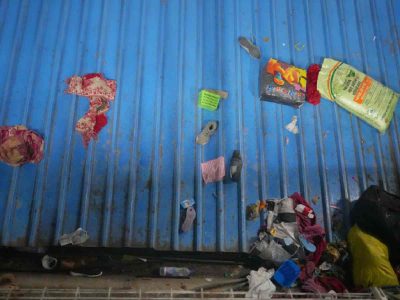
Officials emphasised that platform changes during rush hour should be strictly avoided. “Station authorities can implement barriers, ropes, and crowd control gates to regulate passenger flow. Additionally, increasing staff and security personnel during peak hours would improve crowd monitoring and management,” one officer suggested.
Despite the reactive measures now being put in place, railway officials admit that the tragedy could have been prevented had adequate planning and preparation been undertaken beforehand.

